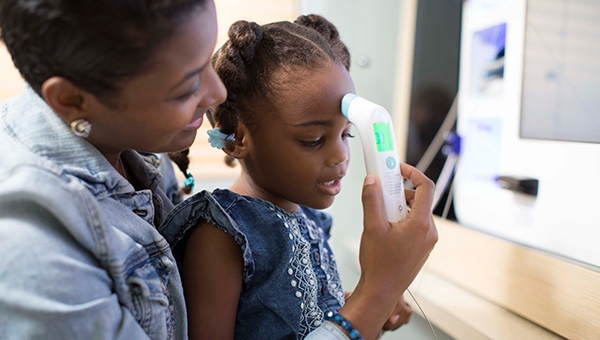Schedule Anything
BayCare offers several convenient health care services that help get care you need to get back to feeling better.
Your child falls or slips from a skateboard or hoverboard and gets a nasty cut on the elbow.
You accidentally cut your finger with a kitchen knife or scissors.
A sharp rock hidden in the grass cuts your foot while walking barefoot in your yard.
You get a deep splinter while moving an old, wood furniture piece.
Minor lacerations and small cuts are troublesome and painful. They are also dangerous if they are not treated correctly. Infections can develop.

